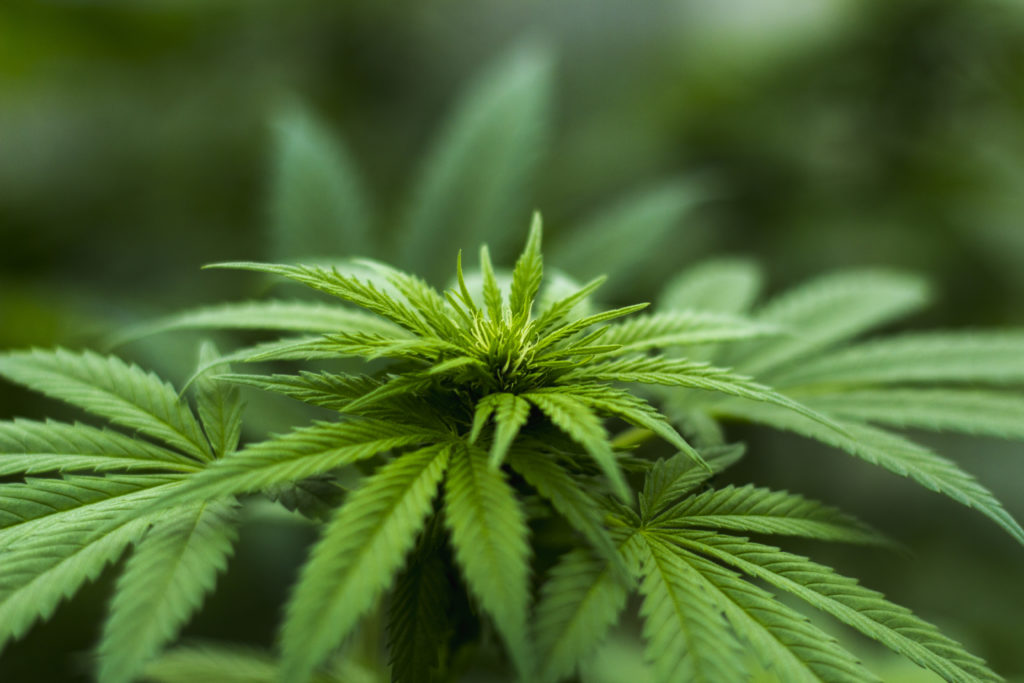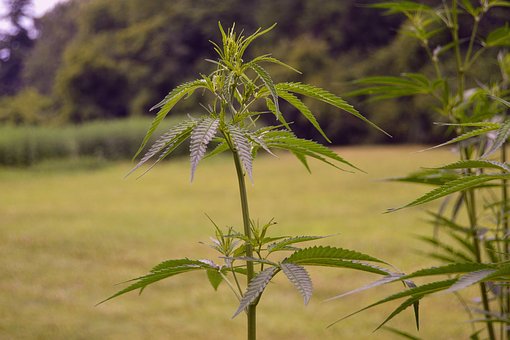What Are Terpenes
What Are Terpenes? Why Every Vape Lover Should Know About Them

Cannabis connoisseurs have long known that there are great differences in the potency, effects, and aromas of the various strains of marijuana. But why is that?
Through modern chemistry, today’s cannabis entrepreneurs and experienced users have learned to extract the crucial components of the cannabis plant and recombine them in new ways to create new tastes, scents, and sensations. The cannabis plant is a scrappy specimen that has thrived in a broad range of meridians, longitudes, elevations, and climates. The facility of its adaptation has led to a dazzlingly diverse array of organic components, including terpenes.
You’re probably hearing more and more about terpenes if you follow cannabis and vaping culture, but there’s still quite a bit of confusion as to what they are and how they function.
Terpenes 101
The characteristics of each strain of marijuana are determined by an infinite variety of organic compounds, chief among these are cannabinoids (like THC and CBD) and terpenes. Each of these components is excreted by the same gland of the cannabis plant and each of them plays an integral role in the makeup of the plant. Terpenes are what give the marijuana plant its scent and its stickiness. They are in no way particular to marijuana. Terpenes occur in many plants and even some insects, and they appear in their greatest concentrations in conifers in the forms of resin and turpentine, which gives terpenes their name.
How Do Terpenes Impact Your Cannabis Experience?
Terpenes have a significant impact on your experience when you consume cannabis. Researchers have isolated over 100 types of terpenes that occur in cannabis, and users have been charting their experiences with each of these varieties. In addition, manufacturers of cannabis-based products have been refining these terpenes so that they can be mixed and matched with vaped cannabis to produce optimal effects.
Here are eight terpenes that you may wish to incorporate into your cannabis vaping experience. They are typically classified according to a range of criteria, including:
- Taste and scent
- The other plants in which the terpene is found
- Psychoactive or healing properties
- The strains of marijuana that feature the particular terpene
Learn to customize your cannabis vaping experience and capture the bliss that awaits.

Know Your Terpenes
A-Pinene
You’ll feel you’ve stepped into a great pine forest when you inhale the aroma of pinene, the most prevalent of all terpenes, occurring not just in cannabis but also in conifers, orange peels, and herbs such as basil, dill, and parsley. It is said to have anti-inflammatory properties as well as to promote alertness and memory. In addition, this terpene is said to improve bronchial ailments and generally promote better breathing. Some also use it topically as an antibacterial and antiseptic.
Strains of cannabis that feature high concentrations of pinene include Bubba Kush, Romulan, and Super Silver Haze.
Myrcene
Also found is in mangoes, hops, and lemongrass, this terpene is most commonly found in cannabis and gives off the herblike scent that people typically associate with marijuana. It can have a calming effect like a sedative, sleep aid, or muscle relaxant. This terpene was one of the first to call attention what is called the “entourage effect,” after consumers of cannabis described an increased reaction when they consumed mangoes in conjunction with smoking marijuana.
Given that myrcene is so prevalent in most cannabis plants, it is also present in a wide range of marijuana strains. Among these are Himalayan Gold, Purple Afghani, and AK-47.
Limonene
This terpene’s aromatic properties are described by its name. It has a citrus smell and is found in fruit rinds, juniper, and peppermint. Limonene has been said to have anti-anxiety and antidepressant properties. Studies are also underway to determine this terpene’s effects on Parkinson’s disease and cancer.
As might be expected, many of the strains of cannabis in which limonene is a major component are those with citrus themes, including Sour Diesel, Lemon Skunk, and Lemon OG Haze.
Caryophyllene
This highly aromatic terpene is known to many as the distinctive terpene found in cloves, black pepper, and cinnamon. Imagine a remote outpost in the jungles of Suriname. It is used as an anti-inflammatory and to combat anxiety and depression. It is also said to depress alcohol cravings and may show promise as a means to combating alcoholism.
Among the strains that feature this spicy terpene are Big Bang, Rock Star, and OG Kush.
Linalool
Imagine an aroma as gentle as the name of this floral terpene. Linalool gives off a distinctive scent of lavender and is credited with an impressive range of healing capabilities, including as an anesthetic and as an analgesic. It had also been employed as an antianxiety and an anti-convulsive treatment.
Among the strains in which linalool is present are Lavender, Purple Urkle, and Mendo Purps.
Humulene
This rich terpene has a woody scent that it is found in hops, cloves, and coriander. Beer owes its distinctive aroma and twang to humulene. Transport yourself to an open-air Bavarian beer garden during Octoberfest. It has anti-inflammatory properties as well as an antioxidant and an appetite suppressant. Humulene has also shown promise as a cancer-fighting agent.
Among the strains that contain humulene are Headband, Death Star, and Candyland.
Ocimene
This sweet, woody terpene is also found in parsley, orchids, and kumquats. These are the scents of the Amazon rain forest. Ocimene is believed to have antiseptic, antibacterial, and antifungal qualities.
Among the wide range of strains, ocimene is found in are OG Kush, Space Queen, and Chernobyl.
Terpinolene
This terpene is found in nutmeg, cumin, and lilacs. It has a piney-herbal scent and offers a range of benefits including as a sedative, an antioxidant, and a sleep aid.
Cannabis strains containing terpinolene include Jack Herer, Super Jack, and Sour Diesel.
Are Terpenes Legal for Vaping?
Cannabis was criminalized almost as soon as its use became widespread among artists, jazz musicians, and the young people of the Roaring Twenties. So for marijuana users, there was, for most of the twentieth century, stigma and a fear of arrest that could result in very long prison terms.
Fortunately, the times they are a-changin’. Over the last 30 to 40 years, the laws governing marijuana were gradually relaxed until cannabis was made legal for medical uses. As more and more medical marijuana referendums have passed (leading the way to those statutes legalizing recreational cannabis use), a flood of scientific research and entrepreneurial energy has flowed into the cannabis world.
The breaking-up of the plant into its component parts has made an already complicated legal map even more complicated (don’t even get us started on the debates surrounding CBD and hemp). However, when it comes to terpenes, all the varieties listed above are legal and can be used medicinally or recreationally — IF they are derived from sources other than cannabis.
Myrcene, for example, can be extracted from mangoes and used to enhance cannabis products. The legal status of the cannabis itself will depend on the jurisdiction of the user, but the myrcene is just a plant-derived compound with no illicit or psychoactive properties.
In cannabis-friendly states, recreational users can enjoy a seemingly endless number of marijuana strains with colorful names such as you have read above. In addition, those seeking to customize their experience can combine terpene products — often prepared in liquid form — with cannabis concentrates to create their own unique variations.
Research Into Terpenes Is Ongoing
The emerging research into terpenes is exciting because it presents the potential for truly one-of-a-kind strains. By combining the right terpenes with precisely the right sativa, indica, or hybrid profile, cultivators can develop strains that encourage specific desired effects (whether it’s pain relief, improved appetite, or even creativity) with fewer unwanted side effects. This is still a relatively new area of research, but experts are taking notice, and the future looks promising.

Author Bio
Katie Tejada is a writer, editor, and former HR professional. She writes about the latest developments in cannabis law and research for Vapeur Terp and other emerging cannabis-culture brands.


